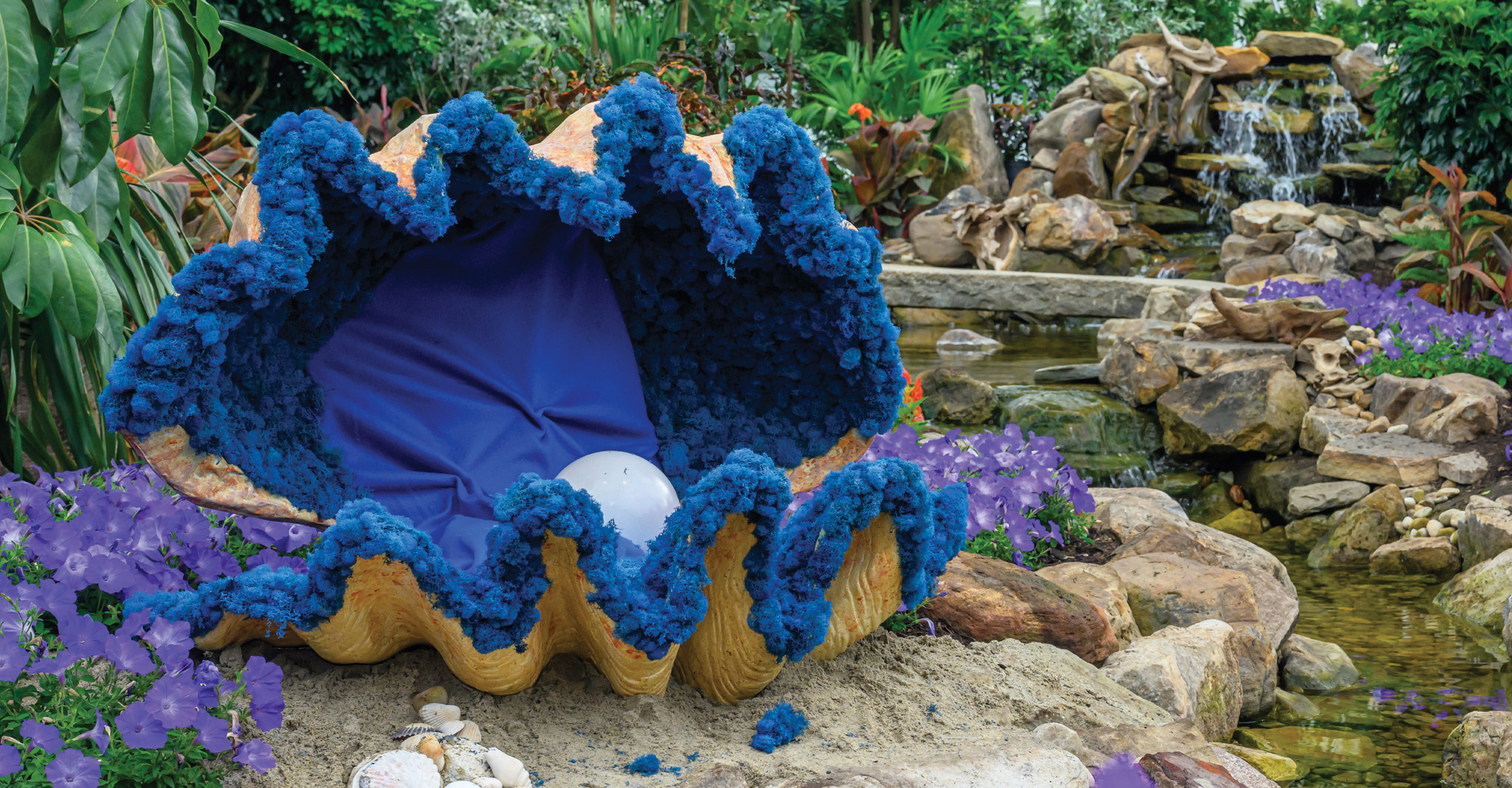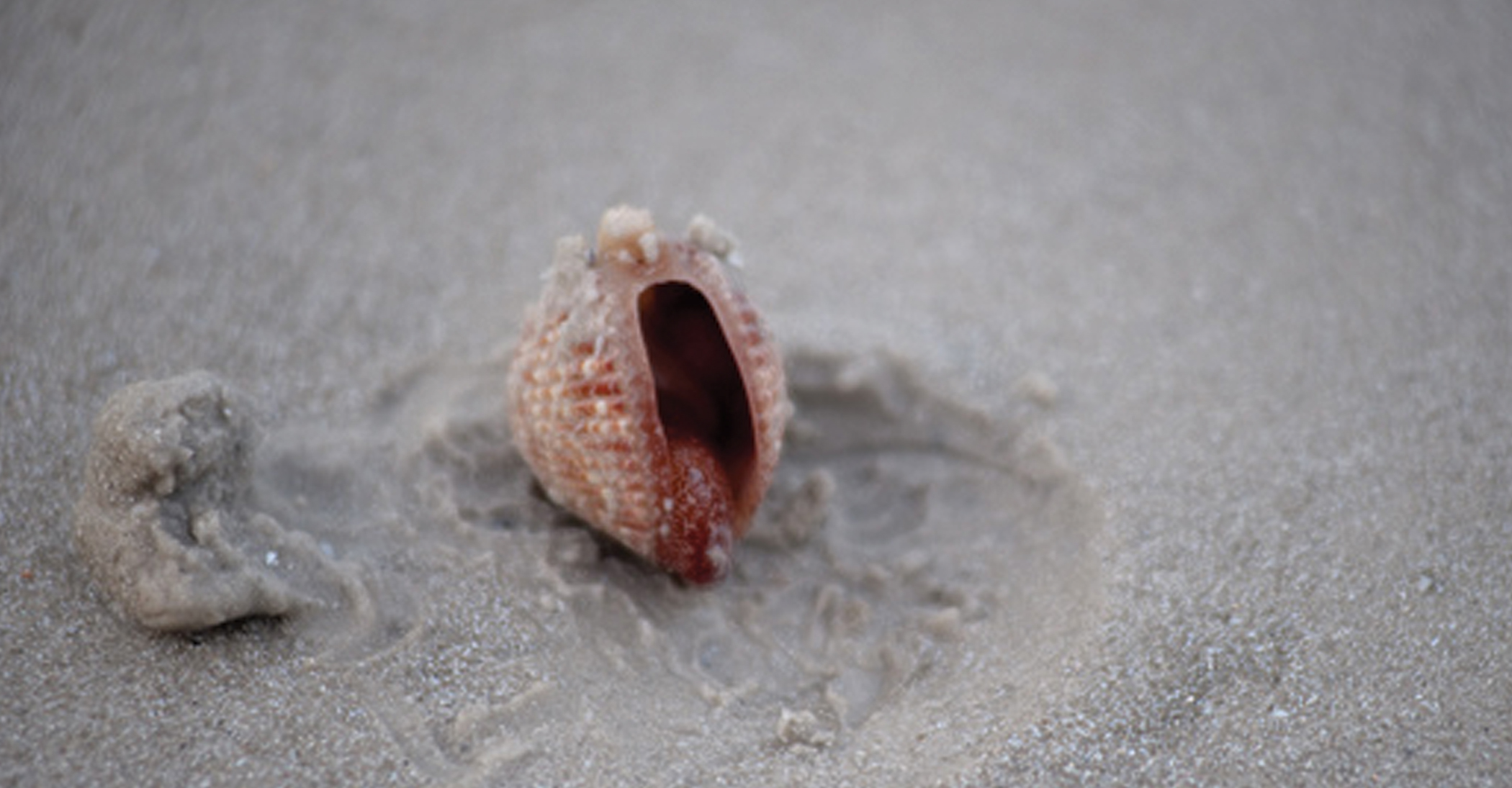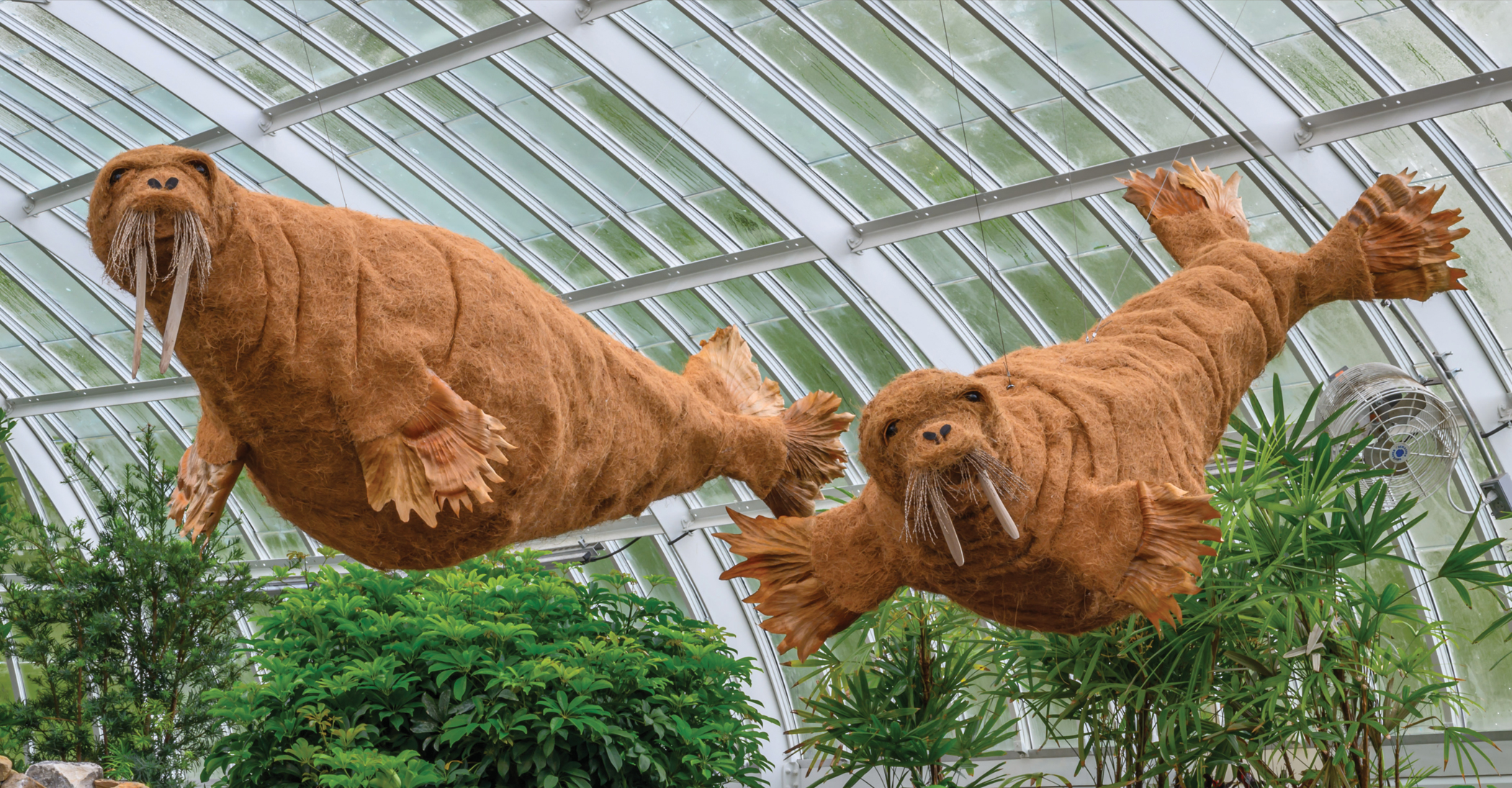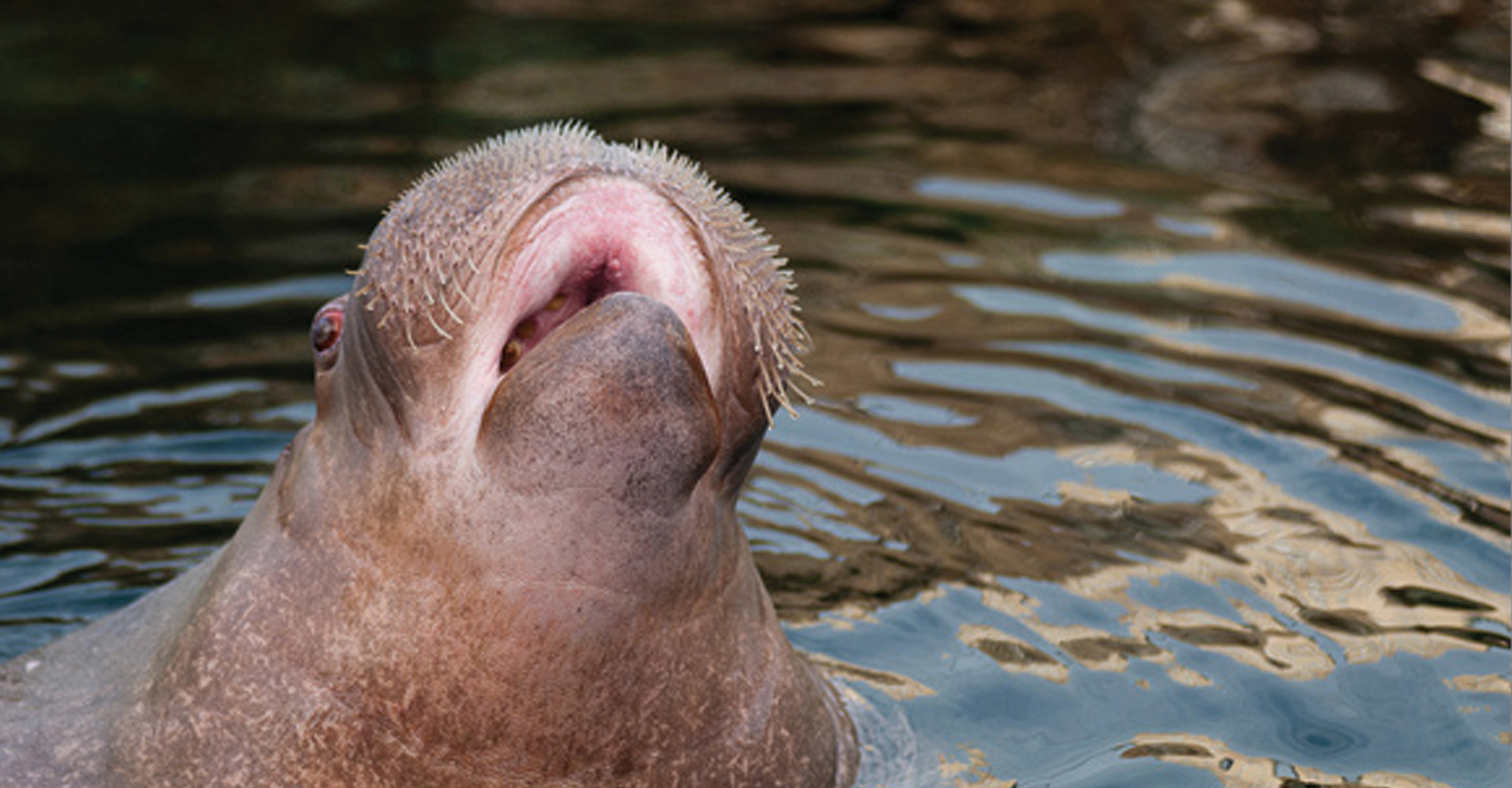Blog

Under the Sea Creations and FINspirations: Clam and Walrus Wonders
This year, Phipps’ Summer Flower Show: Under the Sea, transports you into an underwater adventure like never before, filled with vibrant flora, fascinating foliage and larger-than-life topiaries that bring each scene to life!
These topiaries were handcrafted with dried plant material and art supplies to emulate sea creatures in signature Phipps fashion. With help from the Pittsburgh Zoo & Aquarium, let’s dive right in to learn more about how our topiary fish friends compare to the real-life sea creatures they represent!

Located in our East Room, our animatronic clam comes to life with the press of a button, causing this colorful clam to open its shell and reveal a beautiful pearl sitting inside.
To create the clam, our facilities team purchased the bottom half of the shell and created a mirror image for the top half. A mini motor was then used to connect the two pieces allowing this topiary to have the shell open and close. Once all the pieces were crafted and assembled, it was time to add the final details of the shell! The shell was painted, and vibrant blue moss was added to the exterior of the shell blue fabric was also placed within the clam shell to seamlessly connect the two shells for the massive pearl to be placed inside.

While we refer to this topiary as a clam, experts from the Pittsburgh Zoo & Aquarium clarified that “clam” is a common name that covers a variety of different species of bivalve mollusks. Clams are incredibly diverse creatures with over 15,000 known species that can be anywhere between one inch to over 4.5 feet in length and weighing as much as 550 pounds. These shellfish play a crucial role in marine ecosystems by being filter feeders, meaning that they extract food particles by filtering them through their gills. This not only helps maintain water quality in both freshwater and saltwater environments but also serves as a bioindicator when assessing an ecosystem's health. Clams also aid in their ecosystem by serving as a food source for seals, sea lions, birds, octopus and walruses.

Speaking of walruses, joining our shellfish friend in the East Room, you will also meet our two walrus topiaries, named Fred and Joanne, which are suspended above the foliage. To start crafting these topiaries, a base was created from a chicken wire frame to achieve our walrus’ shape. Then the frame was covered with a coconut fiber mat and other dried plant material for the tails and arms. The final touches for these creations were their eyes, nostrils, whiskers and papier mâché tusks.
In the wild, you can find these large marine mammals near the Arctic Circle and are easily identifiable with their prominent tusks, which are found on both male and female walruses. Walruses are dependent on their tusks for getting around and defending against predators. Due to this unique ability, they were given the scientific name Odobenus rosmarus, meaning “one that walks with teeth.”

While walruses only have two natural predators, orcas and polar bears, the whale and seal hunters of the 18th and 19th centuries almost led to the extinction of these creatures. However, through regulation of ivory tusk trading globally, two out of three walrus subspecies are currently listed as “least concern” meaning that their populations have grown enough that they are not currently facing the threat of extinction. The biggest threat walruses currently face is the loss of stable sea ice caused by the effects of climate change. Together we can make a difference in helping fight climate change. Learn how you can take action right from your own home with our Easy Steps with Big Impact for Climate Change!
Stay tuned as we highlight more of our aquatic inspired topiaries and their real-life counterparts bringing their interesting facts, characteristics and more to the surface!
Photos © Paul Vladuchick, Paul A. Selvaggio, Pittsburgh Zoo & Aquarium

